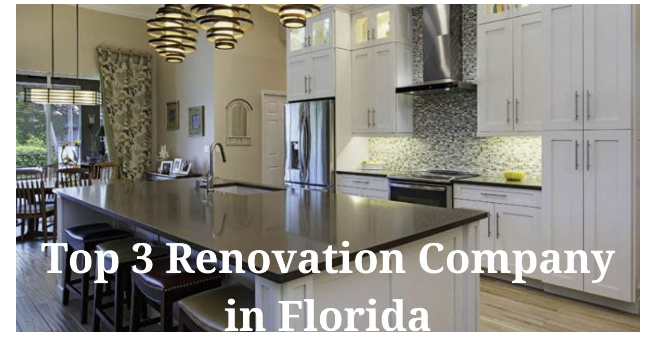What Are the Differences Between Eaves and Soffits?
When it comes to roofs, eaves and soffits are two important components that provide protection and aesthetic value. But what makes these two elements of the roof different from each other? Many homeowners are confused about the differences between the two and how they work together to create a complete roof https://www.hammerandbrush.com.au/difference-between-eaves-and-soffits/. This article explores the key differences between eaves and soffits to help you understand which one is more suitable for your roofing needs.
Definition of Eaves and Soffits
Eaves are the part of the roof that hangs over the side walls of the house. They are usually made of wood or asphalt shingles and are designed to provide protection from the elements like wind, rain, and snow. They also help increase the curb appeal of your home since they can be customized with different types of material and designs.
Soffits are the underside of the eaves and are often made from vinyl or aluminum materials. They are designed to protect against rain and snow from getting into the attic, as well as provide ventilation to the roof by allowing air to reach the attic. Soffits provide additional insulation to the attic and are essential in preventing potential moisture damage.
Purpose and Function of Eaves
The main purpose of eaves is to protect the house against harsh weather conditions such as heavy rain and snow. They are installed at the base of the roof and provide an effective shingle extension that reaches toward the outside of the wall, thus covering a larger area than the soffit does. Eaves help decrease the impact of harsh weather conditions and prevent damage to the roof and walls.
In addition to providing shelter from the elements, eaves can also improve the aesthetic appeal of the house. They provide a visual border around the home and can be customized with different colors and materials to match the exterior design.
Purpose and Function of Soffits
The main purpose of soffits is to ventilate the attic and keep it free of moisture which can cause mold, mildew, and rot. Soffits allow air to reach the attic while also preventing cold drafts from entering the home, increasing energy efficiency.
Soffits are also designed to cover up the eaves from the outside view. This adds an extra layer of protection for the attic and helps to reduce the risk of poor air quality in the home.
Materials Used for Eaves and Soffits
The materials used for eaves and soffits depend on the type of roofing materials. For asphalt shingle roofs, wood is most commonly used for the eaves. Wood is versatile and easy to customize, making it an optimal choice for many homeowners.
For clay tile roofing systems, aluminum is often used for the eaves and soffits. It is lightweight, durable, and long-lasting, making it a great choice for homeowners who want to keep their roof looking good for years to come.
Installation and Maintenance Considerations
Installing eaves and soffits requires experience and precision. It is important to use the correct materials and install them properly in order to ensure that the roof is functioning optimally. Additionally, it is important to regularly inspect both the eaves and soffits to make sure they are in good condition and free from damage. If damage is discovered, it should be repaired immediately to prevent further damage from occurring.
Conclusion
Understanding the differences between eaves and soffits is important for any homeowner interested in maintaining a safe and secure roof. Each component serves a specific purpose and provides unique benefits to the structure of the roof. Having a good understanding of the purpose and function of both components will go a long way towards ensuring that your roof remains in good condition over the years.

